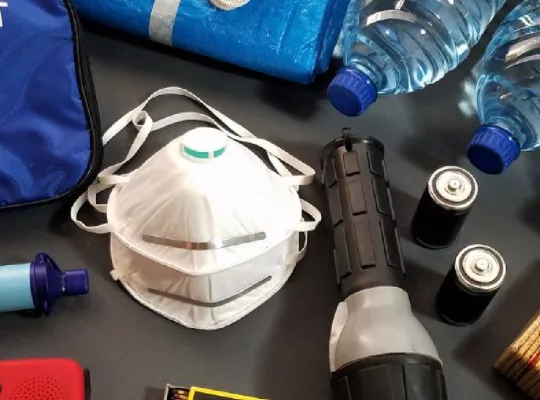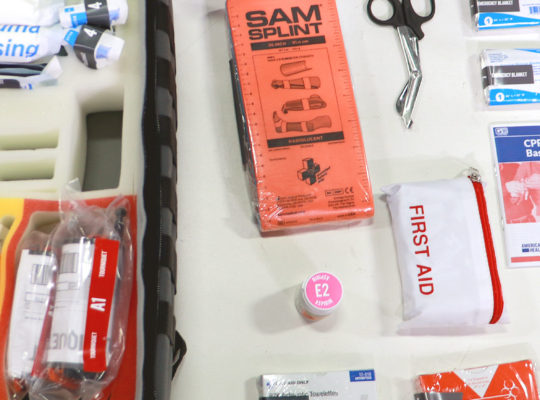Just like any other family member, your dog deserves to be cared for and protected. When your best friend, your dog, has an emergency, being prepared is very important. Before an emergency strikes, be sure you know how to stay prepared for emergencies by putting together a first aid kit (or buying on pre-assembled Pet first aid supplies checklist).
Dogs are naturally curious and active animals. They like to play and explore and sometimes these adventures can result in injuries. Below we’ve outlined some of the most common injuries that your dog may encounter and how to help them get better.
Cuts and Scrapes
Dogs’ paws are very susceptible to injuries, specifically cuts and scrapes. The pads of a dog’s paws are tender and can crack because of the weather or can be cut easily.
If your dog appears to be in pain or you notice blood, carefully inspect your dog thoroughly to find the source of injury. Check the cut or scrape for foreign objects being lodged in it. If no objects are found, clean the area with a warm cloth and be on the look out for redness and swelling, which can indicate a potential infection. If the cut is severe, and won’t stop bleeding and/or becomes red and swollen, visit a veterinarian immediately.
Broken Bones
Small dogs and older dogs are prone to bone breaks and fractures from falling or fighting other dogs. If you notice your dog limping or hobbling, or notice a bone protruding at an awkward angle, call your vet immediately. Keep your dog in sight and away from other animals to limit further damage. Soothe the dog with a calming, reassuring voice and try to keep them as comfortable and calm as possible until they visit the veterinarian.
Heatstroke
Symptoms include rapid or labored breathing, vomiting, high body temperature, collapse. Place the animal in a tub of cool water. Or, gently soak the animal with a garden hose or wrap it in a cool, wet towel. Do not overcool the animal. Stop cooling when rectal temperature reaches 103 degrees Fahrenheit. Call veterinarian immediately.
Poisoning
Symptoms include vomiting, convulsions, diarrhea, salivation, weakness, depression, pain. Record what the pet ingested and how much. Immediately call your veterinarian or poison control center. Do not induce vomiting. In case of toxins or chemicals on the skin from oils, paints, insecticides and other contact irritants, request directions on if and how to wash the toxin off.
At E-firstaidsupplies.com we have specific Pet first aid supplies checklist available in various sizes for purchase. They contain supplies that are necessary in case of an injury that may not necessarily require a vet’s attention, such as:
• Gauze Pads
• Antibiotic Ointment
• Ear Mite Relief Swabs
• Oral Cleanser Swabs
• Itch Relief Swabs for Pets
• Eye Cleaner Swab for Pets
• Small Splint
If ever you are concerned about the condition of your dog, be sure to call your veterinarian’s office.
References
How to avoid these common injuries in your dog or cat.
How to Give First Aid to Your Dog
AAHA: Pet Owner First Aid Education




